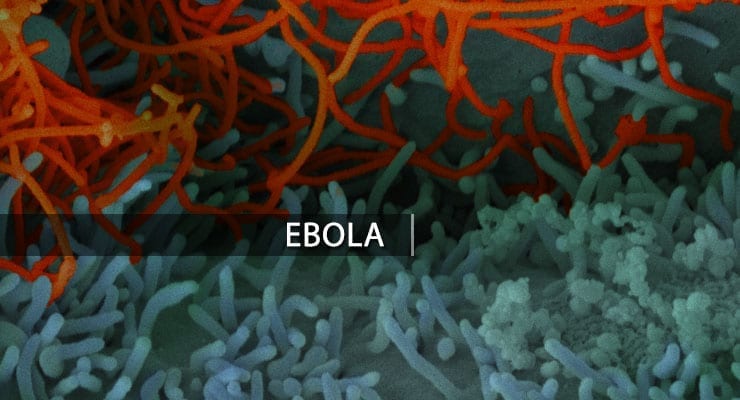The Makona strain of Ebola virus (EBOV) circulating in West Africa for the past year takes roughly two days longer to cause terminal disease in an animal model compared to the original 1976 Mayinga strain isolated in Central Africa, according to a new report by the National Institute of Allergy and Infectious Diseases (NIAID).
The results provide important information to scientists who have wondered if the Ebola virus in West Africa is becoming more severe. In fact, the new study suggests the current virus has a decreased ability to cause disease in their animal model compared to the 1976 strain.
Using cynomolgus macaques to model infection and disease in humans, scientists infected three animals with 1976 EBOV-Mayinga and three with 2014 EBOV-Makona. While both groups of animals were shedding virus three days after being infected, those in the Mayinga group developed a rash on day four and became extremely ill at days five and six.
Those in the Makona group did not develop a rash until six days after infection, and severe disease appeared on days seven and eight. Further, liver damage — typical in Ebola disease — was delayed by about two days in the Makona group compared to the Mayinga group.
Of note, the scientists reported that the immune system of animals in the Makona group produced about three times the amount of a virus-fighting protein, interferon gamma, compared to the Mayinga group.
They plan more studies of the immune response, but believe that at least seven days are needed after Ebola infection to mount an effective response. This response does not seem to develop during EBOV-Mayinga infection in cynomolgus macaques because disease progression is too fast.
Read the study: Delayed Disease Progression in Cynomolgus Macaques Infected with Ebola Virus Makona Strain.


